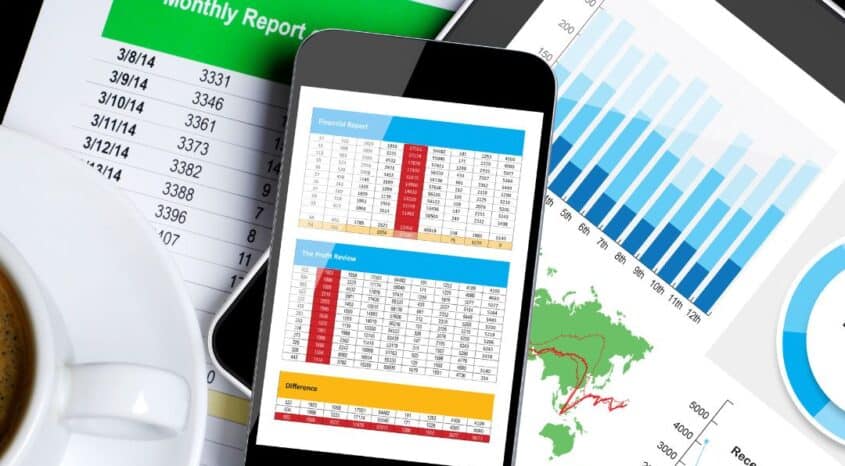From writing content to generating images and answering questions, AI has captured the imagination of, well, pretty much everyone over the last few months.
Generative artificial intelligence (GenAI) tools such as Azure OpenAI and Chat GPT have quickly become go-to tools for businesses big and small, across all sectors.
However, for merchants in the retail space, AI presents a particularly exciting opportunity.
It has the potential to transform operations, improve service, boost revenue and help retailers make smarter, more targeted investments.
Let’s look at the top six types of AI currently shaking up the retail world…
1. AI gamification
Gamification is a way of influencing consumer behavior by incorporating gaming elements into the shopping journey. It can be highly effective and research shows it’s growing in popularity – according to Boston Retail Partners, 87 percent of retailers plan to implement gamification within the next five years.
Many gamified programs are now powered by AI. By combining the power of AI with customer data and behavioral data, retailers can offer personalized rewards and incentives to customers, which can help increase engagement and loyalty. Gamified AI can also make shopping more enjoyable and fun for customers.
2. AI chatbots
Chatbots have been around for a while, but they’re often considered a hit and miss solution – sometimes successfully satisfying consumers’ enquiries, but often causing frustration. However, the latest AI-powered chatbots are a major step up.
AI-powered chatbots are able to assist customers with product recommendations, answer queries and provide personalized shopping experiences. Generative AI chatbots can provide faster, more relevant customer assistance leading to increased customer satisfaction and in some cases, reduced costs and customer churn.
Some chatbots can even be used to directly negotiate with undecided consumers on price. For instance, Nibble is an AI negotiation chatbot which enables shoppers to haggle directly from the product page.
3. AI inventory management
As markets remain unpredictable, most merchants are keen to find ways to optimize their inventory – which is where AI inventory management comes in. It can help merchants cut inventory carrying costs, reduce the risk of stockouts and overstock and improve cash flow.
These tools can also help retailers identify patterns in customer behavior, such as purchasing trends and personal preferences.
Accurately forecasting demand is critical for all retailers and advanced tools like Inventory Planner still lead the way, offering merchants a way to get reliable buying recommendations based on the latest sales data and factoring in seasonality, promotions and trends.
4. AI recommendation engines
AI-driven recommendation engines analyze customer data to provide personalized product recommendations that are proven to increase sales and boost customer satisfaction.
They work by identifying patterns in customer behavior. Then, shoppers are segmented and the engines automatically recommend products that match their preferences or browsing history.
The ever-evolving advances in AI mean recommendation engines are increasingly slick – providing fast and accurate recommendations that yield impressive results.
5. AI dynamic pricing
In a challenging marketplace, merchants are crying out for technology that enables them to stay competitive while maximizing profits.
Less ‘obvious’ ways of discounting are becoming key (especially during a downturn) – and AI-powered dynamic pricing makes it possible.
By analyzing vast amounts of sales and market data (including competitor pricing), alongside shopper behavior and demand, AI dynamic pricing tools can help merchants work out the most suitable pricing strategy. It means retailers can feasibly amend pricing in real time to reflect demand and drive increased conversions.
6. AI retail analytics
Data is the secret to growth, but analyzing reams of data can be daunting. Advanced retail analytics translates sales, customer and marketing data into simple, intuitive insights so merchants can make faster, easier decisions that boost cash flow.
AI-powered retail analytics means there is virtually no limit on the volume of data that can be processed and analyzed. For instance, marketing campaigns can be assessed based on a range of variables and closely analyzed for their impact on customer behavior. A wider selection of competitors’ prices can be analyzed for a more comprehensive picture of what rivals are charging. And data can be displayed in simple, visual ways which make it easy for retailers to grasp complex patterns and trends.
The bottom line
AI is here to stay – and it will continue to evolve and improve. As retailers continue to face unprecedented challenges, AI-powered tools offer a lifeline that can help improve service, streamline operations and boost revenue. Merchants that embrace the best of AI sooner will feel the benefits faster. In a tricky economy, it’s a no brainer.




